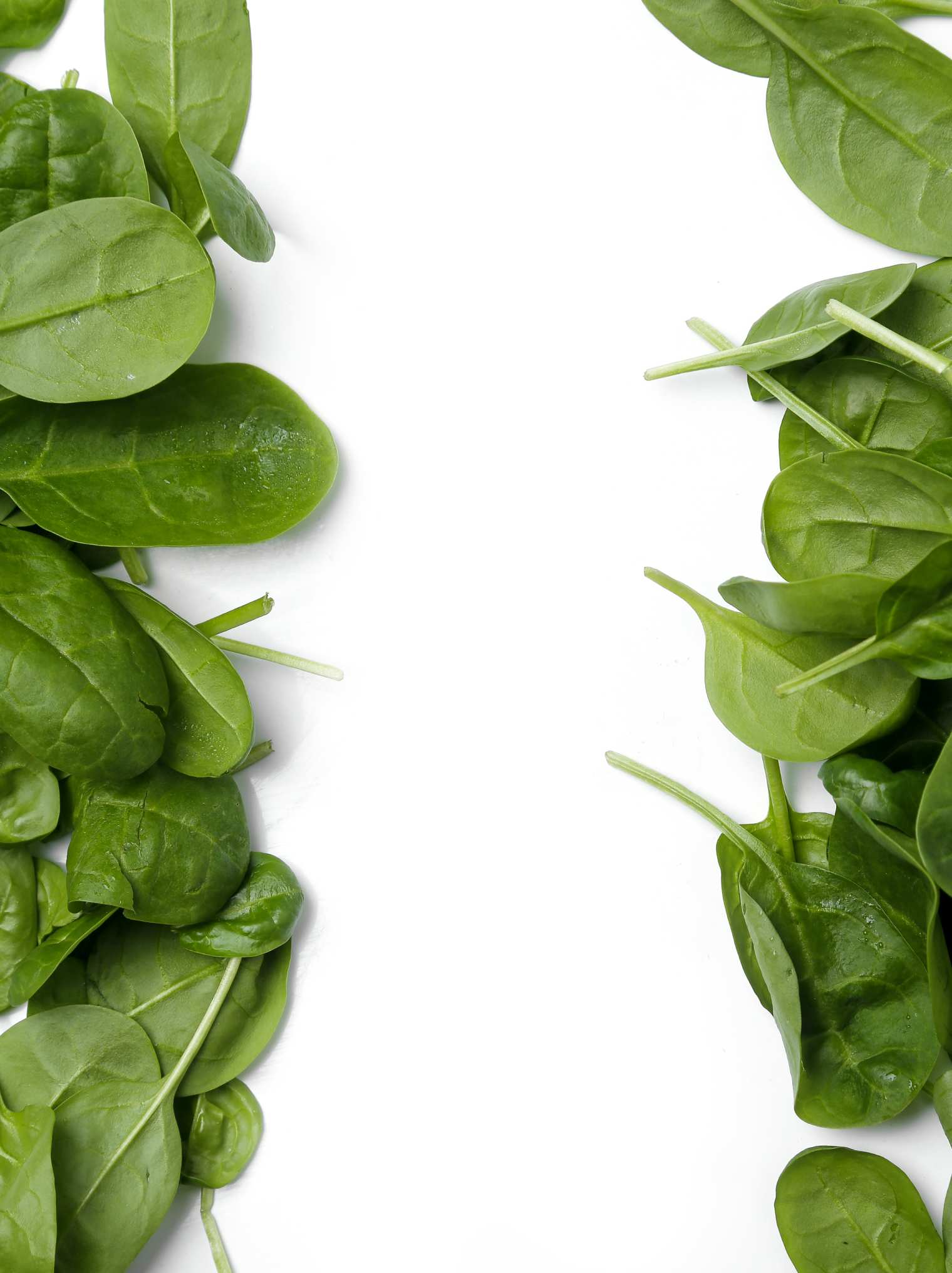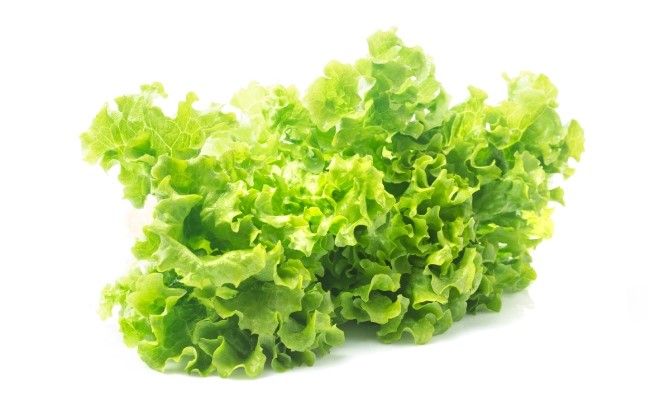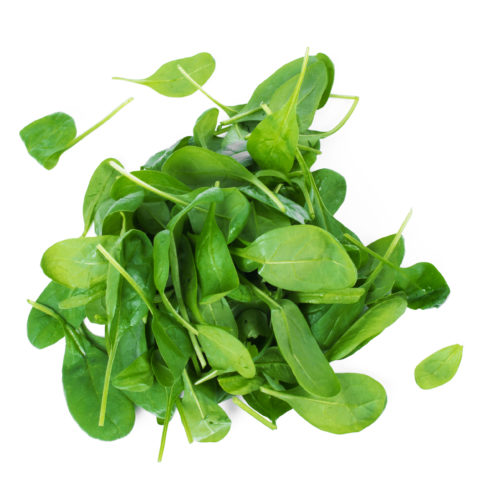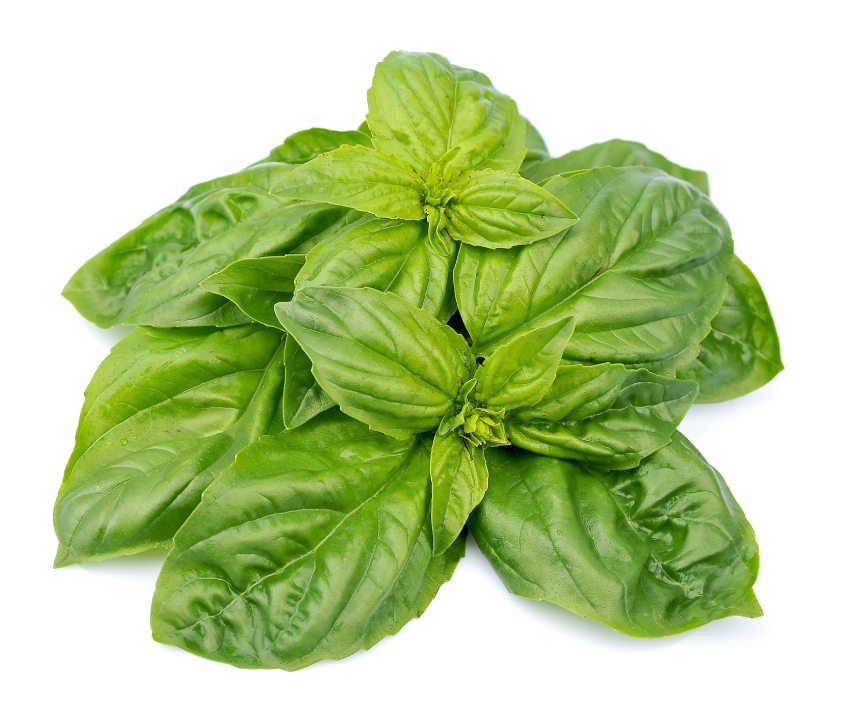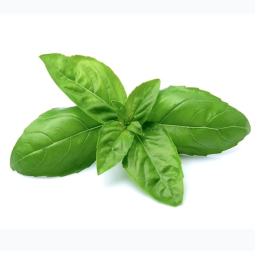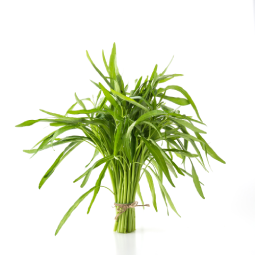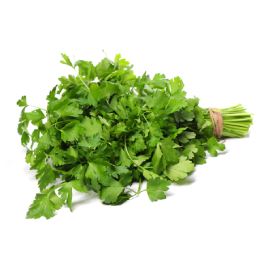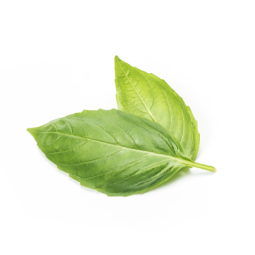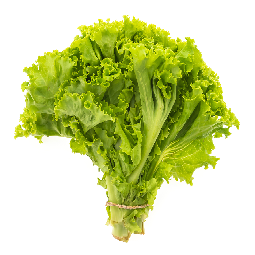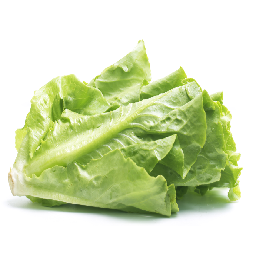Romaine lettuce is a hearty salad green that is sturdy, crunchy, and full of nutrients. Romaine lettuce, often known as cos lettuce, is prized for its nutritious value and savoury, but neutral flavour.
Romaine lettuce is a dieter’s paradise, with just 8 calories and 1 to 2 grams of carbohydrates each cup.
Vitamin C, vitamin K, and folate are all abundant in Romaine lettuce. It’s a healthy source of beta carotene, which the body transforms into vitamin A.
Romaine lettuce, Raw, 1 cup shredded
Amount
- Calories 8 calories
- Carbohydrates 1.5 g
- Fiber 1 g
- Protein 0.6 g
- Total fat 0.1 g


